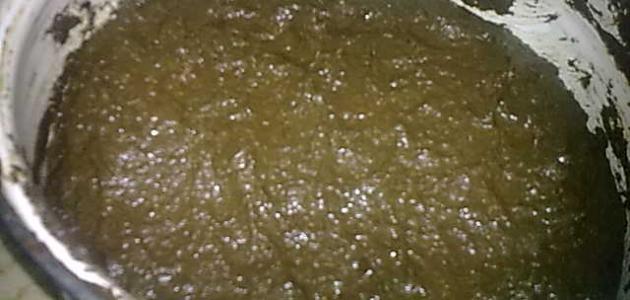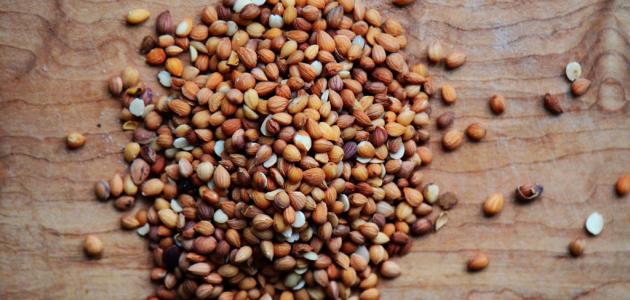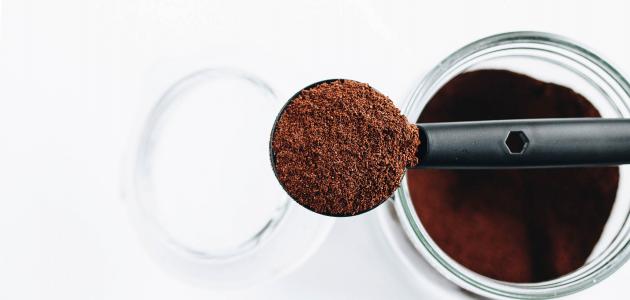henna
Henna or henna is one of the natural materials that were used in the past and are still used to dye the hair, hands and feet, as well as for other therapeutic purposes such as tumors, sores, and cracks in the feet. In henna, such as: Sudanese henna, Yemeni henna, Saudi henna, and finally Libyan henna; Where the Libyan henna is distinguished and famous for its very dark color, and this is due to the method of kneading the Libyan henna, but what distinguishes the Libyan henna paste, and what is the Libyan henna mixture for the hands and feet,
How to knead Libyan henna to dye hair
Libyan henna is distinguished by a very dark color between red and black; Where many different materials are added during the kneading of henna. One of the natural materials that gives the dark color to henna is the black lumi water after boiling it. Where henna is kneaded and fermented for two hours, and also kneaded with boiling tea without sugar, and when mixing a little gasoline with it, its color prevails after drying on the hair, and it is also kneaded by adding five tablespoons of vinegar.
A decoction of pomegranate peel is used with a decoction of chamomile to lighten the color of the hair. If the hair is white, the henna dough is kneaded and fermented for three hours. It is also placed on the head for three hours to obtain the beautiful color of the hair.
Libyan henna for dyeing hands and feet
Henna can be used for hands and feet as shown below:
Read also:Best shampoo and conditioner for color treated hair- Libyan henna has beautiful inscriptions in dyeing the hands and feet with beautiful motifs, and to keep it for a long time, there is a way to knead henna when drawing it on the body; Where the henna is kneaded with warm water, and two drops of mahlabiya oil are added, which is a special oil found in apothecary shops. It is not recommended to add gasoline when kneading this henna, after which it ferments for two hours and sometimes the night period, i.e. approximately eight hours, and when the henna is ready, it is placed on the hands and feet for a period of three hours. Until it dries, and washes with water, and to preserve the color of henna after dyeing, it is recommended to stay away from water for a period of three to five hours.
- When dyeing henna on the hands, it is also placed on the nails to increase the beauty of the hand engraving with henna. Henna engraving on the hands is done using a syringe, but without a needle. There are also ready-made gloves drawn with a special engraving in this way only. Where henna is placed on the glove and left to dry, ready-made henna is sold, i.e. well-paste, made in ready-made tubes and squeezed directly on the hand with a specific inscription. It is advised, after applying henna and washing it with water, to apply the skin with any type of oil in the amount of three points with two drops of lemon juice.









